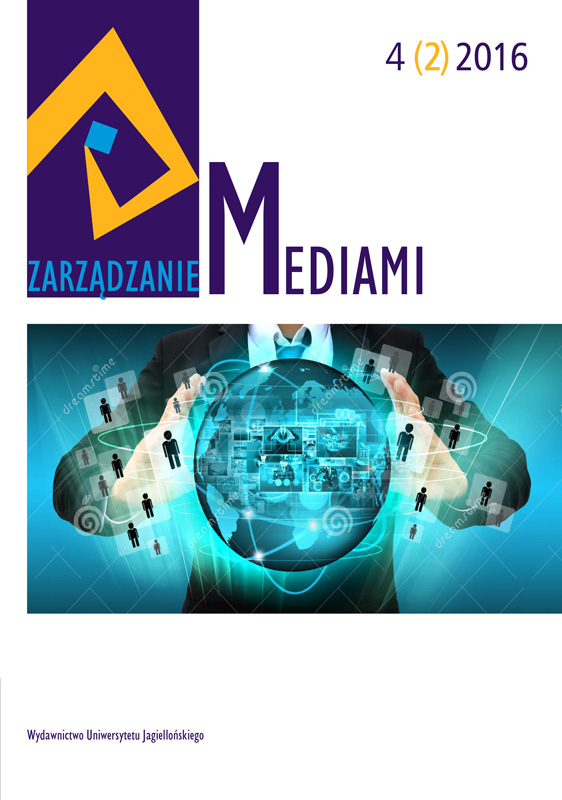Wybrane aspekty prawne tabloidyzacji mediów. Ochrona wizerunku osób powszechnie znanych
Selected legal aspects of media tabloidization. Protecting the image of celebrities
Author(s): Magdalena Różycka, Agnieszka ŚwiętanowskaSubject(s): Media studies, Civil Law, Ethics / Practical Philosophy, Public Law, Marketing / Advertising
Published by: Wydawnictwo Uniwersytetu Jagiellońskiego
Keywords: media; tabloidization; media economy; ethics; media law;
Summary/Abstract: Selected legal aspects of media tabloidization. Protecting the image of celebrities would seem that modern media constantly balance on the edge of law, common decency and morality. Puzzling might be the reason why these unlawful procedures keep happening even though regulations exist in the Polish law, however not sufficient. In fact, there are many causes. The consumers’ interest in the offered product appears to be one of the most important. The immediate consequence of this phenomenon is the tabloidization of media. Searching for scandals, gossips and drama in every sense of the word, has become the driving force behind the media market. It can be assumed that the media are slowly losing their independence, following the defined (in their judgement) needs of society. The financial aspects outweigh the quality and the reliability of given content. Journalism, as a public trust profession, imposes on the broadcasters and the publishers the duty of acting pro publico bono. It is associated with fulfilling a certain mission and serving the public. Honest journalism, that is in line with the norms of ethics and is fully responsible for the effects of the publications may be considered as such. Unfortunately, the customary practice suggests that the journalists very often decide to overstep the boundaries set by the legislators. Their actions are fully conscious and what is more, desired and accepted by the employers, all the while being consistent with the economic interest of a given media organisation. It results in operating on the edge of the existing law, leading up to an increasing number of public image rights violation claims. The Polish law is not adapted to the changing media reality. The review of judicial decisions shows that the current rules must be updated and specified. Both media representatives and public figures ought to be aware that they operate within the law and if they are to go beyond it, they do that knowingly, on their own responsibility, and that there are legal consequences to be suffered.
Journal: Zarządzanie Mediami
- Issue Year: 4/2016
- Issue No: 2
- Page Range: 113-129
- Page Count: 17
- Language: Polish

